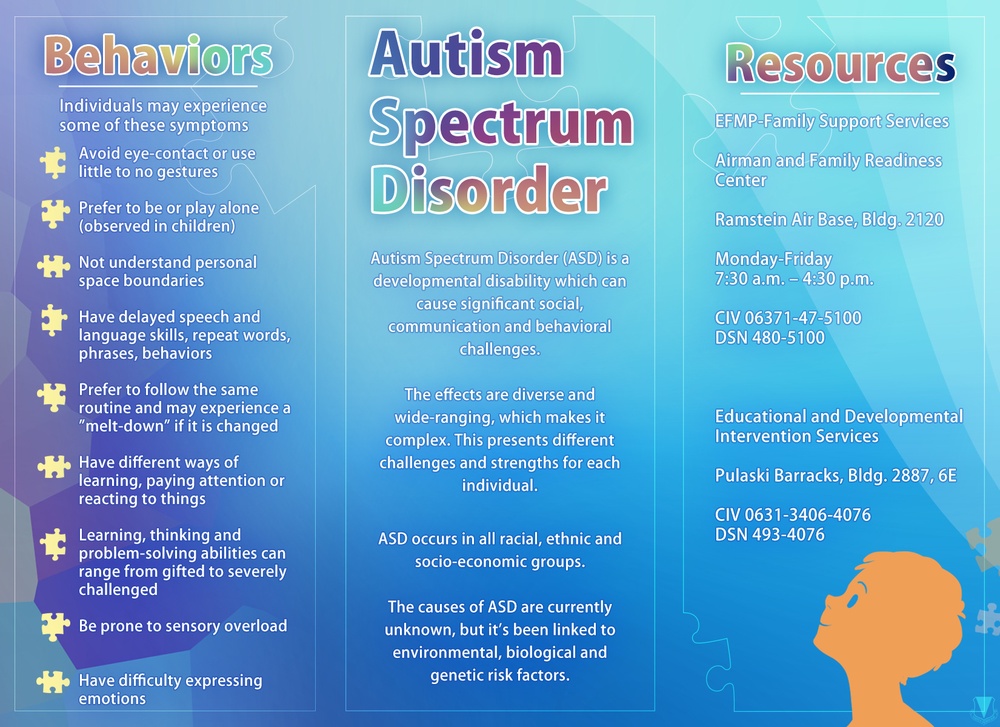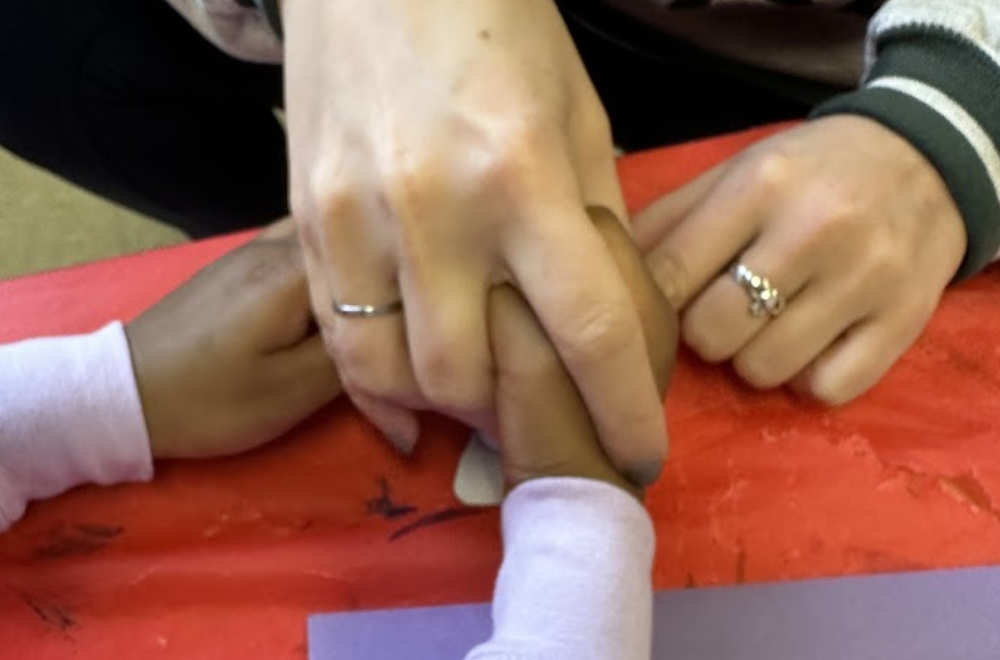Tips for spotting early behavioral traits and connect with an Aba Therapist Near Me
Recognizing the Influence of Behavioral Autism on Every Day Life and Social Communications
You could not recognize how deeply behavior autism affects day-to-day life and social interactions. People on the spectrum usually navigate a world filled up with interaction hurdles and sensory overload. These obstacles can lead to stress and seclusion, influencing their partnerships and overall well-being.
Defining Behavior Autism and Its Attributes
Behavior autism, typically described as autism range disorder (ASD), incorporates a series of conditions identified by challenges in social communication, communication, and recurring behaviors. You might see that individuals with ASD usually have a hard time to interpret social signs, which can lead to misconceptions in discussions. They may find it hard to develop eye contact or engage in little talk, making social circumstances really feel frustrating.
Communication problems can show up in numerous ways, from delayed speech development to a preference for using fewer words. Recurring habits, such as hand-flapping or rocking, can offer as coping mechanisms to manage anxiety or sensory overload. These characteristics can profoundly affect every day life, making it crucial for you to understand and support those with ASD. By identifying these attributes, you can cultivate a setting that promotes acceptance and encourages effective communication, helping individuals with autism flourish in their everyday interactions.
The Range of Autism: Understanding Variability in Actions
Autism spectrum problem (ASD) isn't a one-size-fits-all medical diagnosis; it varies widely amongst people. You may see that some people with ASD exhibit mild symptoms, while others might deal with much more substantial difficulties. This variability can manifest in behaviors, interests, and sensory sensitivities. You might run into people that are extremely verbal and engage conveniently in conversations, while others might favor singular activities or communicate non-verbally.
In addition, the method people with ASD reply to sensory input can differ substantially; some could be overwhelmed by loud sounds or bright lights, whereas others thrive in boosting settings. The spectrum also consists of differences in social communications; some people might struggle to interpret social hints, while others browse social setups with loved one ease. Recognizing this variability is essential, as it aids you appreciate each person's distinct experience and dressmaker support to their specific needs, fostering a more comprehensive setting for everybody.
Communication Challenges Dealt With by People With Autism
When you interact with individuals on the autism spectrum, you might notice their special interaction obstacles. They commonly encounter difficulties with both nonverbal and verbal signs, which can influence their social interactions. Recognizing these barriers is essential for promoting far better links and support.

Verbal Communication Troubles
Numerous individuals on the autism range experience verbal interaction difficulties that can substantially impact their everyday interactions. Your quantity, tone, or speed may not straighten with social assumptions, causing others to misunderstand your intents. Recognizing these obstacles can assist you and your support network create techniques to boost interaction and foster far better connections with others in your day-to-day life.
Nonverbal Interaction Obstacles
Verbal communication isn't the only challenge individuals on the autism spectrum face; nonverbal communication barriers can be just as substantial. These obstacles can lead to misconceptions or false impressions of social cues, making communications really feel frustrating or complicated. By resolving nonverbal communication, you can discover techniques to enhance your social experiences and enhance your overall high quality of life.
Social Communication Influences
Social communications can usually really feel overwhelming due to the distinct communication difficulties dealt with by individuals with autism. You may struggle with interpreting social signs, making it difficult to comprehend mockery or body language. This can result in misunderstandings or uncomfortable moments in discussions. In addition, launching and keeping discussions may feel challenging, causing stress and anxiety in social scenarios. You may prefer organized atmospheres, making spontaneous interactions uncomfortable. It's likewise common to experience trouble in participating in little talk, which can hinder creating new relationships. Recognizing these challenges can aid you discover strategies to boost communication, such as exercising social skills in secure settings or using aesthetic help - Autism Spectrum Therapies. Recognizing your requirements allows you to browse social interactions with better confidence and ease.
Social Interaction and Partnership Structure in Autism
While building partnerships can be challenging for individuals with autism, recognizing their distinct perspectives and communication styles can promote purposeful connections. You could notice that numerous people on the range favor straight communication and may fight with social cues or small talk. By being uncomplicated in your interactions, you can help produce a setting where they really feel comfy.
Take the time to listen and observe exactly how they express themselves. This insight can guide you in steering conversations better. Involving in shared rate of interests can also work as visit homepage a bridge to deeper connections. Whether it's a pastime, a favored program, or a common interest, these usual threads can open doors to relationship.
Daily Life Regimen: Browsing Obstacles and Techniques
Steering day-to-day life regimens can be specifically testing for individuals with autism, especially when unexpected changes take place. To browse these challenges, consider carrying out visual timetables or lists.
Establishing a regimen that includes sensory breaks can also be beneficial. You can intend time-outs throughout your day to reenergize. It's vital to interact with those around you, letting them understand your preferences and needs. This assists develop an understanding environment.
Lastly, technique mindfulness techniques to handle stress and anxiety and stress and anxiety. Straightforward breathing exercises or grounding strategies can make a significant difference. By incorporating these methods, you can boost your daily routine and lessen disturbances, making life feel much more workable.
Staminas and Capacities of Individuals on the Autism Range
Recognizing day-to-day live routines is just one element of the autism experience. Lots of people on the autism range have impressive strengths and abilities that establish them apart. You could locate that your focus to information is phenomenal, allowing you to succeed in jobs that call for precision and focus. Your ability to think outside the box can result in ingenious services in different situations.
Moreover, your memory skills frequently shine, particularly in locations of passion. Autism Behavioral Therapy. This propensity for retaining information can make you a beneficial resource in areas like technology, art, or scientific research. You might likewise exhibit solid visual reasoning, enabling you to envision complex concepts and address issues creatively
Additionally, your one-of-a-kind point of view on the world can cultivate empathy and understanding in others, improving social interactions. Embracing these staminas not only boosts your self-confidence yet additionally assists others appreciate the varied talents you offer the table.
Creating Comprehensive Environments for People With Autism
Developing inclusive environments for individuals with autism begins with developing sensory-friendly rooms that provide to their unique requirements. You can also cultivate chances for social interaction, helping to develop friendships and links. By making these adjustments, you'll add to an extra welcoming atmosphere for everyone.
Creating Sensory-Friendly Spaces
While designing sensory-friendly spaces, it's crucial to review the distinct demands of individuals with autism. Begin by picking relaxing colors and soft lighting to develop a relaxing setting. When bewildered, integrate quiet zones where people can retreat and charge. You'll desire to lessen loud sounds and distractions, utilizing soundproof products or white sound devices to help maintain peace. Think about responsive components like soft fabrics or fidget-friendly objects that can provide comfort. Determine that spaces are flexible, enabling very easy rearrangement to accommodate different activities. Consist of aesthetic timetables or clear signs to assist people browse the room confidently. By thoughtfully integrating these aspects, you can develop a welcoming environment that supports sensory requirements and promotes overall well-being.
Advertising Social Communication Opportunities
Creating sensory-friendly spaces not just addresses specific comfort but also sets the stage for significant social interactions among people with autism. To advertise these check this site out communications, produce comprehensive atmospheres that welcome participation. Arrange structured tasks, like art courses or team games, that urge partnership without overwhelming sensory input. Usage visual help and clear communication to help everybody engage pleasantly. Motivate peer mentoring, coupling people with autism with supportive peers that can guide them via social situations. Additionally, take into consideration organizing regular neighborhood occasions that celebrate neurodiversity, cultivating acceptance and understanding among all individuals. By implementing these methods, you can enhance social chances, assisting people with autism build relationships and strengthen their social abilities in a safe, inviting environment.

Frequently Asked Concerns
Exactly How Can Buddies Support Somebody With Behavioral Autism?
You can support a close friend with behavioral autism by being client, listening actively, and appreciating their borders. Engage in tasks they delight in, communicate openly, and create a comfy setting where they really feel valued and recognized.
What Resources Are Available for Parents of Children With Autism?
You can discover different sources for parents of youngsters with autism, consisting of support system, educational internet sites, and regional social work. Attaching with other parents can additionally supply important insights and shared experiences to help browse difficulties.
Can Behavioral Autism Change Gradually?

Yes, behavioral autism can transform over time. You may notice shifts in communication, social abilities, and behavior as your kid grows. Early intervention and assistance typically play vital duties in these developmental adjustments.
Just How Do Sensory Sensitivities Influence Day-to-day Live?
Sensory sensitivities can make daily experiences frustrating. You might fight with loud sounds or intense lights, resulting in anxiety or avoidance. Locating environments that accommodate your demands can significantly boost your comfort and general day-to-day live.
What Are Common Misconceptions Regarding Behavioral Autism?
You may believe behavior autism just impacts interaction abilities, but it's more complex. Lots of presume people do not have empathy or intelligence, best site which isn't real. Understanding these false impressions helps foster approval and assistance for those on the range.
Behavior autism, frequently referred to as autism range disorder (ASD), encompasses an array of problems defined by difficulties in social interaction, communication, and repeated behaviors.Social communications can commonly really feel frustrating due to the distinct communication challenges encountered by people with autism.Designing sensory-friendly rooms not just addresses specific convenience but also establishes the phase for meaningful social interactions amongst individuals with autism. Urge peer mentoring, pairing people with autism with helpful peers that can assist them with social situations. By executing these methods, you can enhance social possibilities, aiding people with autism develop relationships and reinforce their social abilities in a safe, welcoming environment.